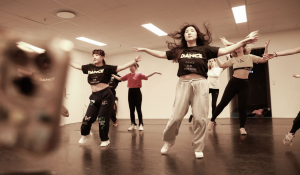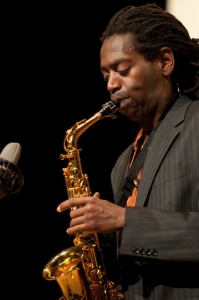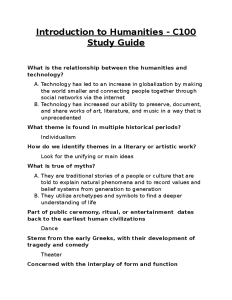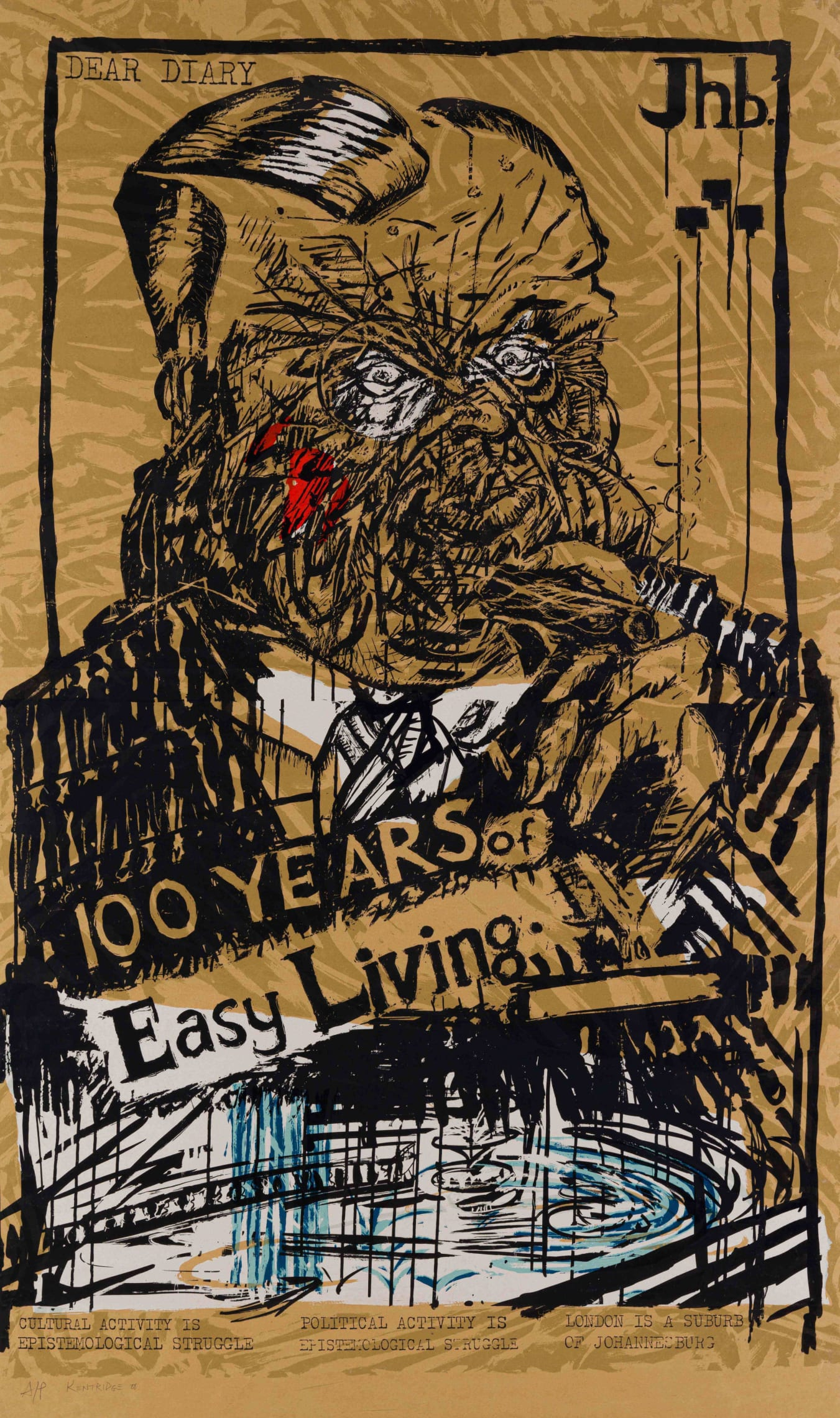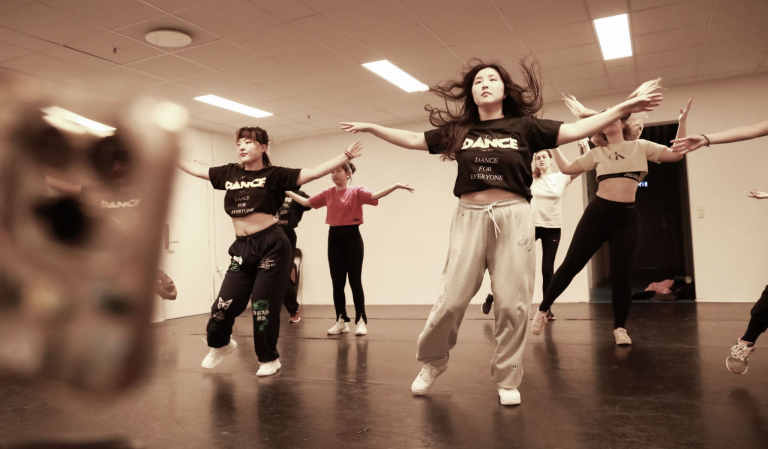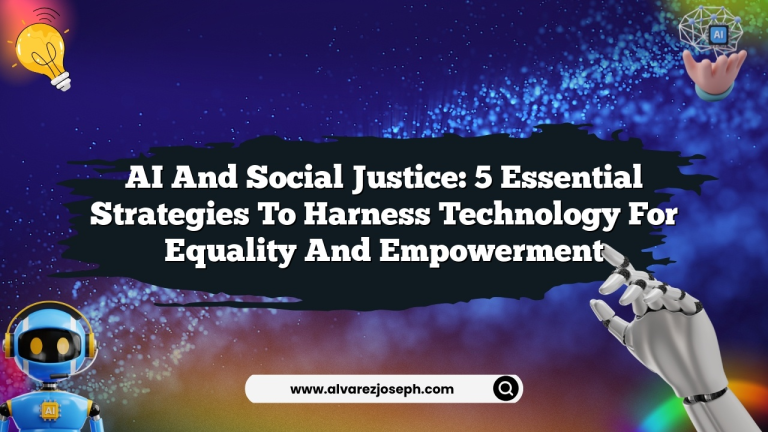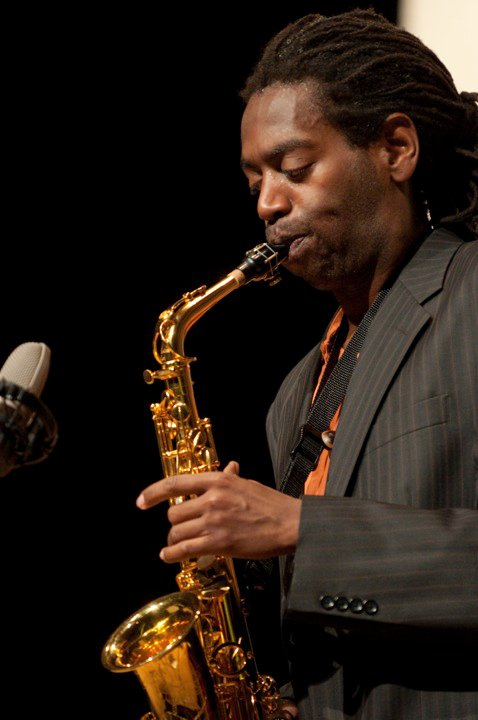“Art in a State of Siege” explores the profound relationship between creativity and turmoil, revealing how artists respond to periods of political unrest with powerful imagery and emotion. This concept resonates deeply as we examine works like Max Beckmann’s dramatic self-portrait, which captures the essence of political chaos and individual despair. Hieronymus Bosch’s intricate paintings, filled with symbolism and social commentary, serve as a historical reminder that art has often been viewed as an omen during tumultuous times. The book sheds light on how art not only reflects the state of society but also critiques the ongoing conflicts that shape our world. By engaging with art as a response to the chaos around us, we can understand the vital role it plays in navigating our collective fears and hopes.
The discourse surrounding “Art in a State of Siege” invites a reexamination of how art interacts with societal crises and the broader implications of political disarray. As we delve into the atmospheric expressions found in works from various eras, we see parallels between the unsettling environments artists depict and contemporary challenges. Artistic expressions, such as those by Beckmann and Bosch, unravel the complexities of societal upheaval and highlight how visual narratives can both mirror and influence our understanding of conflict. These artistic investigations compel viewers to confront uncomfortable truths about power dynamics and the human condition. Ultimately, the exploration of art amid turmoil is not only about aesthetic appreciation but also about recognizing the historical and emotional weight that springs from chaotic circumstances.
The Role of Art in Political Unrest
Art has long served as a powerful conduit for expressing political sentiments, especially during turbulent periods. The works of artists like Max Beckmann and Hieronymus Bosch resonate with viewers facing political unrest, reflecting the societal chaos experienced in their eras. When examining Beckmann’s bold self-portrait, we see not just the artist but a mirror of the disarray of post-WWI Germany. This period was fraught with political instability, and through his art, Beckmann conveyed a message of resilience and the critical role of the artist amidst societal disarray.
Similarly, Bosch’s intricate paintings can be interpreted as reflections of human sin and the existential chaos brought on by political upheaval. The emotional weight of Bosch’s ‘Garden of Earthly Delights’ evokes questions about morality and the human condition during a time rife with conflict. This connection demonstrates how art not only documents chaos but also serves as an influential vehicle for social commentary, effectively capturing the zeitgeist of political chaos.
Exploring Hieronymus Bosch’s Ominous Legacy
Hieronymus Bosch remains one of the most enigmatic figures in art history, particularly for his ability to comment on contemporary society’s fears and threats. His works, often filled with complex symbolism, convey messages that resonate with viewers, especially in times of upheaval. Koerner’s investigations into Bosch reveal that his paintings act as a lens through which contemporary issues can be examined, allowing modern audiences to project their fears onto his compositions, recognizing the chaos and moral conflicts that echo through time.
The phrase ‘art as omen’ particularly resonates with Bosch’s works, as they illuminate the anxieties that come with political unrest. As viewers face their uncertainties, Bosch’s vibrant imagery can feel prophetic, hinting at the consequences of societal decisions. His art captures the human response to existential anxieties, allowing spectators to engage with their internal struggles against the backdrop of historical turmoil.
Max Beckmann: A Portrait of Turmoil
Max Beckmann’s ‘Self-Portrait in Tuxedo’ stands as a testament to the artist’s engagement with the turbulent socio-political landscape of his time. Created amidst the failures of the Weimar Republic, this piece symbolizes the strife that characterized early 20th-century Germany. Beckmann’s direct gaze challenges viewers to confront the realities of their environments, making his work a reflection on the artist’s responsibility during uncertain times. By portraying himself so boldly, Beckmann becomes a figure of authority in art, advocating for the role of the artist as a defender against the encroaching chaos.
Moreover, Beckmann’s art encourages a dialogue about the very function of art in society. His conviction that artists can help shape social order amidst chaos invites us to reconsider how art interacts with political narratives. In this regard, Beckmann’s self-portrait goes beyond individual expression; it becomes an emblem of hope and a call to action, urging both artists and audiences to engage actively with their socio-political contexts.
Art as a Reflection of Societal Chaos
The relationship between art and political chaos is often complex, with various artists using their medium to either challenge or document their realities. The works analyzed in ‘Art in a State of Siege’ illustrate how creativity flourishes in conditions of distress, offering insights into collective fears and aspirations. Art becomes more than a visual experience; it transforms into a commentary on the existential crises faced by society, reflecting the struggles that artists navigate in their creative processes.
This thematic exploration demonstrates how artworks function as historical documents, capturing the sentiments of their time. By focusing on the chaos experienced during political unrest, artists can engage audiences, prompting them to reflect on their circumstances as they navigate a world rife with discord. Thus, art does not merely serve to represent turmoil but emerges as an active player in the discourse around societal issues, challenging and shifting perspectives on conflict.
The Influence of Historical Context on Art
Understanding the historical context in which art is created can significantly enhance the viewer’s appreciation of the work. For instance, Koerner’s examination of Bosch and Beckmann reveals how their creations were deeply intertwined with the political environments of their times. Political unrest not only influences the themes of artwork but also affects the artists’ psychological landscapes, leading to profound expressions of their experiences and thoughts on chaos.
This connection between historical backdrop and artistic output underscores the significance of political circumstances in shaping artistic movements. Artists, grappling with their own realities, often encapsulate the essence of societal conflict in their work, making it a vital component of understanding the broader cultural narrative. By situating art within its historical context, audiences can glean deeper meanings and emotional resonances that extend beyond the aesthetic experience.
Art’s Power to Convey Warnings
Art acts as an essential vehicle for conveying warnings about society’s trajectory, particularly in times of conflict. The interpretation of Bosch’s works as omens speaks to the innate ability of art to forewarn viewers about the dangers looming in society. In a world where political unrest can lead to dire consequences, artists like Bosch have utilized their craft to provide insights into the human condition, examining moral decay and societal collapse.
Through his haunting imagery, Bosch captures the complexities of sin and redemption, evoking a sense of urgency for introspection in the viewer. This notion of art as a warning resonates strongly today, as contemporary artists draw inspiration from historical precedents like Bosch, crafting works that reflect current fears and challenges. In this way, art continues to function as a crucial touchpoint for discourse surrounding political turmoil, pushing audiences to reflect on their realities.
The Dichotomy of Art and Chaos
The interplay between art and chaos presents a rich area of exploration, particularly as it pertains to the artists’ intention and societal reaction. Both Bosch and Beckmann exemplify this dichotomy, where their works unveil the profound struggles of their respective eras while simultaneously showcasing the potential for artistic vitality to flourish within turmoil. Their creations invite viewers to navigate the dissonance between chaos and creativity, compelling them to seek meaning amid uncertainty.
In this context, art emerges not merely as an escape but as a critical lens through which the realities of chaos can be examined. The complexities inherent in the relationship between societal breakdown and artistic expression serve to elevate the significance of these works, establishing them as vital reflections of the human experience. This juxtaposition emphasizes the ways in which art can inspire hope and resilience, even in the darkest of times.
The Relevance of Art in Contemporary Society
As we navigate the complexities of contemporary society, the relevance of art in responding to political unrest becomes ever more pronounced. With rising tensions across the globe, the lessons drawn from historic artworks like those of Beckmann and Bosch continue to resonate. These artists provide valuable perspectives that reinforce the vital role of art in processing and understanding current conflicts, making a case for the necessity of artistic expression as a response to political chaos.
By examining how past artists have conveyed their experiences through art, we can gain insights into the prevailing issues of today. In a world marked by fragmentation and uncertainty, engaging with these historical works encourages viewers to consider their roles in shaping the future. As art remains a powerful vehicle for expression and advocacy, the exploration of its relationship with political unrest continues to hold significant weight in ongoing dialogues surrounding art and society.
Art as a Means of Resistance
In times of political strife, art often becomes a means of resistance, challenging oppressive systems and asserting the voices of marginalized communities. The works of artists examined in ‘Art in a State of Siege’ highlight how creativity can serve as a form of protest, communicating dissent and inspiring collective action. These artworks evoke a sense of urgency for change, calling on viewers to recognize their own capacity to confront and challenge systemic chaos.
Both Beckmann and Bosch illustrate the idea of art as an empowerment tool, where their works communicate messages of resilience against adversity. By engaging with these historical pieces, contemporary audiences are reminded of the enduring power of art to confront societal injustices and envision a different future. This tradition of resistance through artistry encourages ongoing dialogue about the role artists play in shaping political narratives and mobilizing communities during times of unrest.
Frequently Asked Questions
What does ‘Art in a State of Siege’ signify in relation to political unrest art?
‘Art in a State of Siege’ refers to the condition where art reflects the chaos and turmoil of political unrest. It examines how artists, like Max Beckmann and Hieronymus Bosch, respond to and depict their society’s struggles. Their works serve as mirrors of the times, capturing emotions and reflections on societal upheaval.
How can Hieronymus Bosch’s paintings inform our understanding of art during political chaos?
Hieronymus Bosch’s paintings, particularly ‘The Garden of Earthly Delights,’ illustrate a complex relationship with sin and societal disorder. His art often reflects the fears and anxieties prevalent during times of political chaos, making his work essential for understanding how art serves as an omen during crises.
What role does Max Beckmann’s self-portrait play in the context of art and political unrest?
Max Beckmann’s ‘Self-Portrait in Tuxedo’ symbolizes the artist’s response to the tumultuous experience of post-WWI Germany. It encapsulates the struggle and a quest for stability amid political unrest, presenting art as a powerful statement against chaos, illustrating how personal identity intersects with larger societal issues.
Can art be seen as an omen during political turmoil?
Yes, art can serve as an omen during political turmoil by encapsulating societal fears and inherent warnings about future consequences. Works like those of Bosch and Beckmann not only reflect the state of their time but also project potential outcomes and moral dilemmas inherent in political unrest.
What insights does ‘Art in a State of Siege’ provide about the function of art amidst civil conflict?
‘Art in a State of Siege’ highlights that art functions as a lens through which society’s challenges are viewed. It becomes a space for reflection, offering insights into human experiences during civil conflict, showing not just the chaos but also the potential for understanding and dialogue in turbulent times.
How did political chaos influence the creation of art during historical crises?
Political chaos has historically inspired artists to convey the emotional weight of their times. The urgency and anxiety of such moments foster creative expression that critiques societal issues, making political unrest art a vital record of historical narratives and human experiences.
What is the significance of using the term ‘siege’ in the context of political unrest art?
The term ‘siege’ in the context of political unrest art denotes a state where societal norms are under threat, akin to physical sieges in which a city is surrounded. It underscores how artists perceive and respond to cultural and existential threats within their environments, reflecting deeper societal conflicts.
Why is studying art during times of political unrest valuable?
Studying art during times of political unrest is valuable because it reveals how artists navigate and comment on their turbulent environments. This art captures not just the present conditions but also aids in understanding the psychological and social repercussions of turmoil, serving as a historical document of human resilience.
| Key Points |
|---|
| Joseph Koerner’s book, ‘Art in a State of Siege’, explores art in turbulent political times. |
| The book examines three significant artworks during periods of unrest: Bosch’s ‘The Garden of Earthly Delights’, Beckmann’s ‘Self-Portrait in Tuxedo’, and Kentridge’s animated drawing. |
| Koerner connects the historical context of these artworks to contemporary interpretations, suggesting that art can serve as omens for present fears and futures. |
| The term ‘art in a state of siege’ references extreme political conditions where artistic expression is both threatened and emphasized as a response to repression. |
| Bosch’s works, especially ‘The Garden of Earthly Delights’, illustrate complex themes of sin, chaos, and blurred lines between friend and foe during periods of cultural anxiety. |
| Max Beckmann’s self-portrait symbolizes a call for artists to reclaim their role in society amidst political chaos and instability, positioning their art as a potential counter to disorder. |
| The significance of studying art from periods of unrest is highlighted, emphasizing how it reflects the struggles, fears, and potential outcomes of societal crises, rather than just victories. |
Summary
Art in a State of Siege examines the profound relationship between art and political turmoil, highlighting how artworks serve as reflections and omens of societal conditions. Joseph Koerner’s analysis connects historical pieces to contemporary issues, revealing how the struggles depicted resonate with current crises. Through a deep dive into works by Bosch, Beckmann, and Kentridge, the narrative illustrates that art emerges not merely as a historical artifact but as a vital commentary that encapsulates and critiques the turbulence of its time. This connection emphasizes the relevance of art in understanding our ongoing struggles against political oppression and existential threats.
